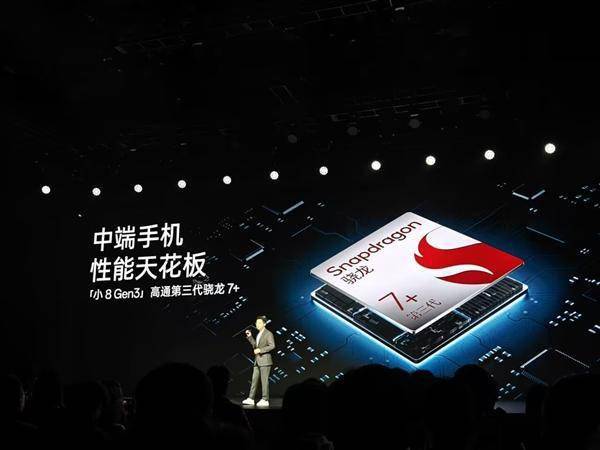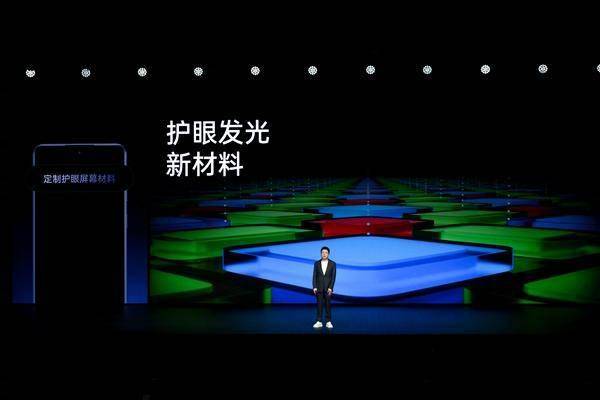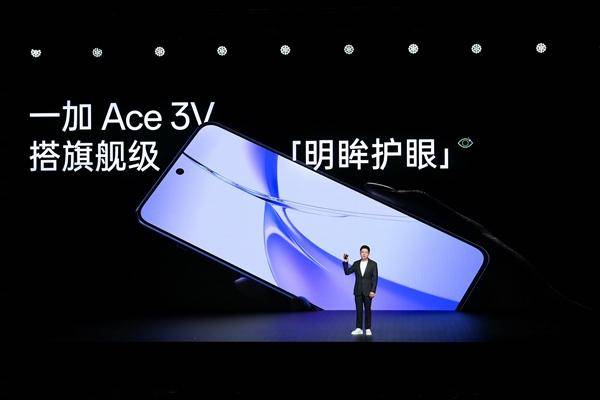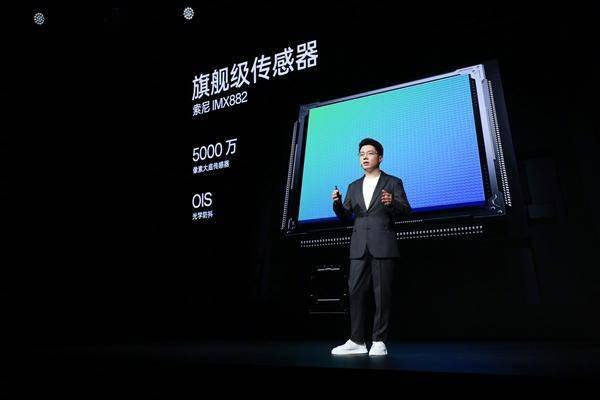Oneplus Ace 3V Launches with Snapdragon 7+ Gen3, Starting at $285
Tonight, Oneplus Ace 3V was officially launched.
In terms of pricing, it starts at $285 for the 12GB+256GB version, $329 for the 12GB+512GB version, and $371 for the 16GB+512GB version, with official sales starting on March 25.

This device globally premieres the third-generation Snapdragon 7+ mobile platform, featuring the same advanced Arm flagship architecture, 4nm process technology, and Cortex-X4 super-large core as the Snapdragon 8 Gen3, providing outstanding memory read/write capabilities and flagship-grade communication capabilities.


Moreover, Oneplus Ace 3V will also be equipped with Oneplus’ exclusive “Tide Architecture”, a technology meticulously calibrated with flagship-grade technology, deeply embedded at the chip’s lower level to achieve comprehensive performance enhancement.
Regarding the screen, Oneplus Ace 3V features a 6.74-inch display with a 120Hz refresh rate, 1.5K resolution, and a peak brightness of 2150 nits.



At the same time, this device introduces the use of the Tianma U8+ eye protection luminescent material for the first time, reducing harmful blue light radiation to below 4.8%. It supports comprehensive eye protection adjustments for all scenarios, including 2160Hz high-frequency PWM dimming technology in low-light environments, as well as low SVM 1 Pulse DC dimming.
Furthermore, the product has been guided by ophthalmic experts throughout and has passed the Eye Health Safety Evaluation System (ECAP) test of the National Center for Eye Health Diagnosis and Treatment Engineering Technology.
In terms of battery life, Oneplus Ace 3V comes with a 5500mAh battery, supporting the long-life 100W wired flash charging. Official tests show a battery life of up to 1.86 days, allowing for 7 hours of continuous gaming on Honor of Kings followed by an additional 3.4 hours of TikTok usage.

Lastly, in terms of imaging, Oneplus Ace 3V is equipped with the Sony IMX882 sensor, boasting 50 million pixels, OIS optical image stabilization, as well as support for ultra-clear image quality algorithms, super-photo imaging algorithms, and ProXDR display.
